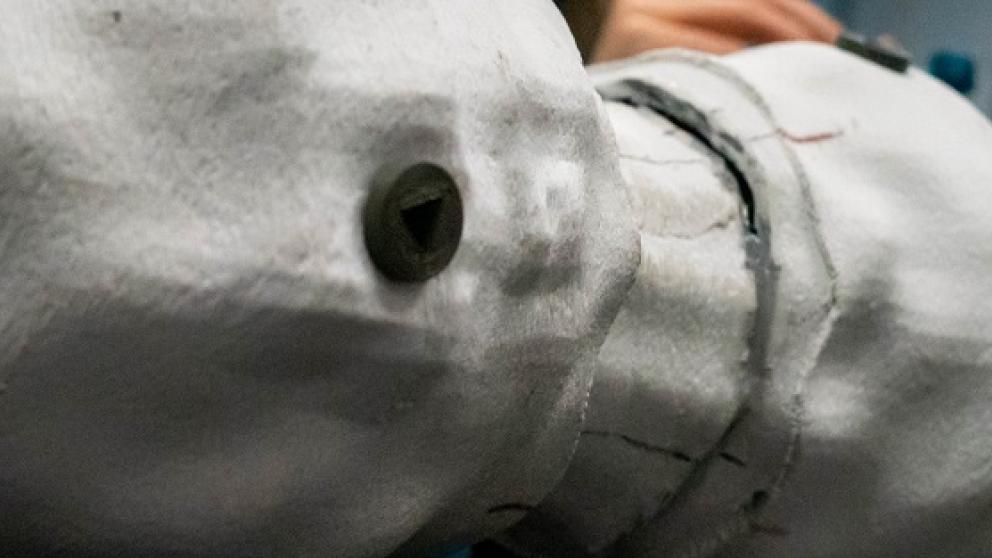Salford Microbiology Researchers Create Giant Models for The Royal Society Summer Science Exhibition

Salford scientists showcased their work at The Royal Society Summer Science Exhibition by creating giant models of phage infection. Their research focused on bacteriophages (phages), which are viruses that infect bacteria.
As part of the exhibit, the team created giant microbial models, designed, and manufactured in collaboration with the University of Salford’s digital fabrication facility the Morson Maker Space. Dr Chloe James, Microbiologist at The University of Salford and lead scientist on the project said: “Phages have a crucial role to play in the evolution of disease-causing microbes and may hold the key to new treatment options. We wanted to create colourful and tactile objects that could demonstrate the different outcomes of phage infection to engage with the public in a memorable way. It was important to convey the concept of specificity – showing that phages target specific molecules meaning that each one infects a different and narrow range of bacteria.”
The creation for the exhibit has been in development for over a year starting with a few rough sketches and a bag full of enthusiasm. The Maker Space team latched onto the 'lock and key' analogy and took inspiration from children’s educational toys that require fitting the right-shaped block into the right hole with this approach facilitating active learning by doing.
A series of prototypes were produced for microbiologists who trialled and tested several designs. Dr Heather Allison, The University of Liverpool and co-collaborator on the project added: “We really put the prototypes through their paces during lab meetings and identified some functional glitches. We also used the early models at open day events and workshops to see how different audiences reacted."
The final working models depicted giant bacteria, comprising a colourful 3D-printed shell that is almost a million times bigger than the actual microbes. The models are powered by a spring-loaded steel mechanism that triggers exciting infection events when the right phage ‘key ’is applied.
George Dodgson, from the Morson Maker Space said: “It was great to be part of the team that worked on the Microbial Puppet Masters Exhibit at the Royal Society. The Maker Space team prides itself on supporting our research staff and we understand the importance of helping to showcase and communicate our research excellence to a broad and diverse audience. The project was a brilliant opportunity to work with other universities and be part of a collaborative team. Working on the ground in London and seeing the models in action was a great example of how important it is to have fun, accessible and inclusive science communication. We look forward to doing more work like this in the future. “
For all press office enquiries please email communications@salford.ac.uk.
Share:
